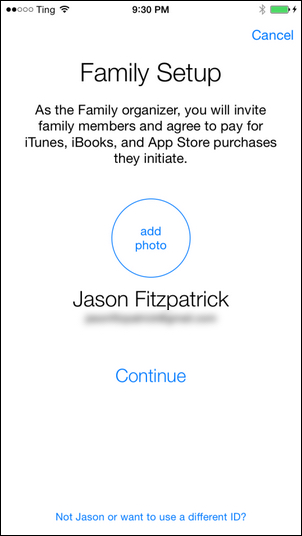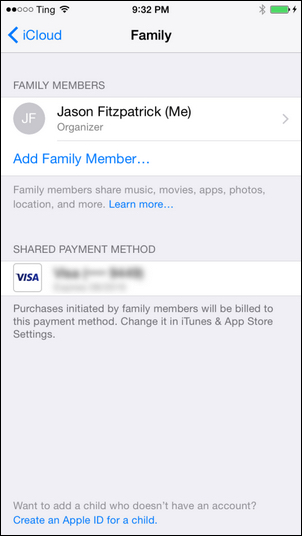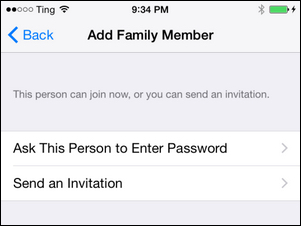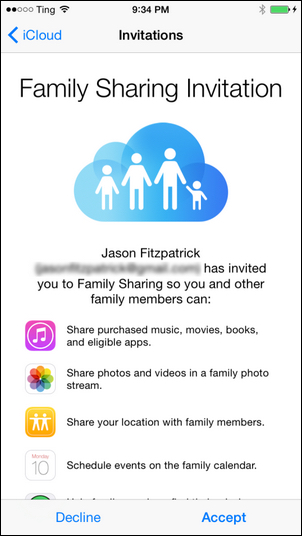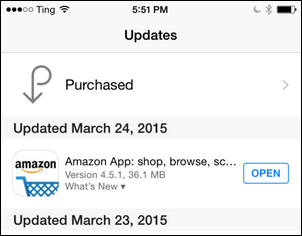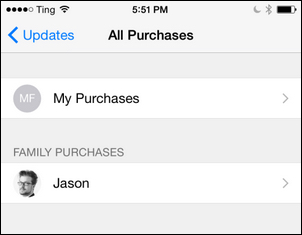How to Easily Share Games, Music, Apps, Videos, and More with Your Family
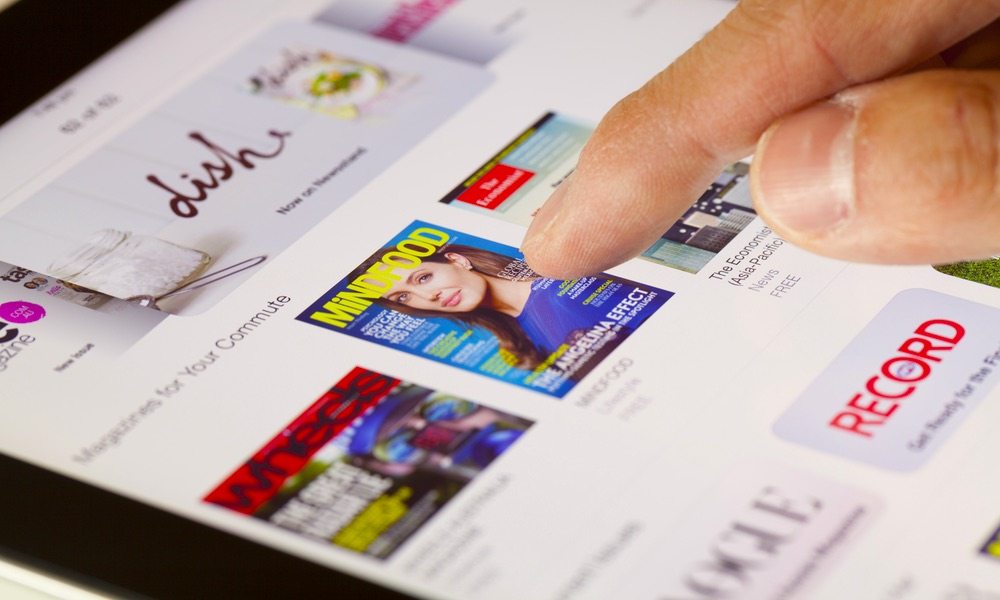
Toggle Dark Mode
It used to be that the only way to share media — such as books, movies, and music purchases made on iTunes, was to (insecurely and unconventionally) sign into other family member’s iPhones and iPads with your own Apple ID. Nowadays, however, Apple has created a foolproof means by which iOS users can share everything — including applications, too, with other iPhone, iPad, and iPod users in their family.
We’re going to show you exactly how to make that happen today — how to set up and navigate Apple’s “Family Sharing” feature, so you can swap media with the ones you love most! “But why would I want to do this?” you might be wondering, and the bottom line answer is you don’t have to.
For families wherein only one user has an iDevice, or multiple devices like an iPhone AND an iPad, the default mechanism works just perfectly — sign into iTunes on all devices using your personal Apple ID, and then knock yourself out by loading up on your favorite content, right?
It’s really a no brainer.. However, for families wherein multiple users have their own iDevices (or multiple devices?), perhaps you want to share your content — such as games, books, music, and movies — with them? And it’s with that sentiment in mind Apple has created an easy way to do exactly that, via its introduction of “Family Sharing” in iOS 8.0.
What Do I Need?
You’ll first need to verify that all iDevices running iOS 8.0 (or later) are compatible with the Family Sharing feature. Unfortunately, although certain legacy devices can be upgraded to iOS 8.0, they still aren’t compatible with Family Sharing — so you’ll have to independently verify each one individually. Devices that won’t support Apple’s Family Sharing are the original iPad (iPad 1), iPhone 4 and older (3GS, 3G, or original iPhone), and iPod Touch devices prior to the 5th generation.
Once you’ve determined which devices can and cannot join the party, you’ll need to allocate a primary Apple ID (backed up by a current credit or debit card), which will serve as the Family Sharing “organizer” account. Additionally, each member of your family will need to have their own Apple ID (pre-existing IDs are sufficient), which shouldn’t be a huge problem, as Apple now allows children younger than 13 to have an Apple account.
Configuring Family Sharing
In addition to your iDevice (assuming that you’re the “organizer”), you can add up to an additional 5 iDevices to a single Family Sharing Plan. Not all devices need be present at the time of configuration, mind you; however, having everyone together will certainly help to confirm the steps and facilitate the process.
There are two steps to successfully configuring Family Sharing across multiple devices: 1) Is the initial setup on the “organizers” device, and 2) is approving the subsequent confirmations across all other devices wanting to join the same Family Sharing Plan.
When first accessing any of the iOS Stores on your device, you’ll be prompted as to whether or not you want to setup family sharing on the spot. However, fret not if you opt out at first, because you can always navigate to the Family Sharing setup utility under system Settings. Here’s how:
Go to Settings > iCloud > Set Up Family Sharing, and then navigate the prompts to initiate the Family Sharing setup process.
Once you navigate through the prompts, confirming that you are, in fact, the “organizer” — and you confirm a valid credit or debit card for any purchases, you’ll be asked whether or not to allow the Location-based Sharing feature.
Once you’ve made it through the initial setup prompts and verified a credit/debit card, you’ll be directed to the main Family Sharing setup panel (as shown below). Should you ever need to access these settings in the future, you can do so easily by going back to Settings > iCloud > Family Sharing Settings.
You’ll then be prompted to add each additional member of your family to the list, by selecting “Add Family Member,” and, after entering their individual Apple IDs, specifying who is who — for example, parent of guardian (“mom”), or son (“Timmy Jr.”), or daughter (“Sally Mae”), and so on and so forth … You get the point …
You’ll then be prompted to “Send an Invitation” to join Family Sharing to each family member’s email. (Or you can simply ask them for their password if they’re right beside you) — whatever works best.
You’ll then be asked to verify who is and is not authorized to make purchases on the account. By default, the adults (as indicated earlier on in the setup process) will be allowed to make purchases. However, if you want to grant the same freedom to your children, you’ll have to go back in and update the settings accordingly — by switching the “Ask to Buy” toggle to the off position under each additional family member’s profile.
Once the other members of your family have accepted the invitation to join your Family Sharing profile, they’ll need to individually access each store (iBooks, iTunes, App Store), in order to access the purchased content in each store. So if you want to download mom’s copy of Catch 22, for example, you’ll need to visit the iBooks Store to do so; and if you want to download dad’s copy of “Real Racing 3” by EA Games, you’ll need to visit the App Store — and so on and so forth for each additional item.
To locate the collection of shared apps and books and other media, you can also access them under the Family Share settings by going to Settings > iCloud > Family Sharing Settings, and selecting “Purchased Items.”
In this fashion, account organizers can view other family member’s purchased media, and other family members can view the account organizers purchased media — and all can enjoy the songs and movies and applications and books initially belonging to each individual user. And, just like that, you’re all set and ready to go!
Learn More: How to Make Your iPhone or iPad’s Text Easier to Read
Have you (or do you plan to) set up Family Sharing across your family’s
compatible iPhones, iPads, and iPod Touch devices?


